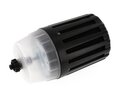Pneumatic Mufflers For Different Applications
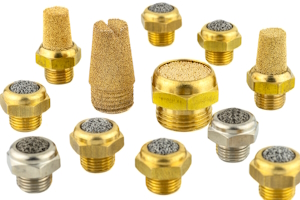
Figure 1: Different types of pneumatic mufflers are suitable for different applications.
Pneumatic mufflers play a crucial role in various industrial applications by reducing noise and controlling the exhaust of compressed air systems. This article explores different types of pneumatic mufflers (e.g., mufflers for vacuum generators and high flow pneumatic mufflers), their materials, and their applications across multiple industries, presenting the information in an integrated and logical manner.
View our online selection of pneumatic mufflers!
Types of pneumatic mufflers
Pneumatic mufflers come in various designs tailored to specific applications, each offering unique noise reduction and airflow efficiency benefits. Learn more about these devices in our pneumatic muffler overview article.
Pneumatic mufflers for vacuum generators
- Standard vacuum generator mufflers: Designed to reduce noise in vacuum generators, commonly used in material handling and conveying systems. They ensure efficient operation while maintaining a quieter work environment.
- Granulate-filled vacuum generator mufflers: These include granulate filling to enhance noise reduction, which is ideal for applications requiring additional sound dampening.

Figure 2: A pneumatic muffler designed for use with a vacuum generator.
Free-flow pneumatic mufflers for ejectors
Free-flow pneumatic mufflers are engineered to provide minimal resistance to airflow while effectively reducing noise levels. They are particularly suitable for high-flow applications where maintaining airflow efficiency is critical. What makes them special is their ability to handle large volumes of air without compromising on performance, making them ideal for industrial settings where both noise reduction and airflow efficiency are paramount.
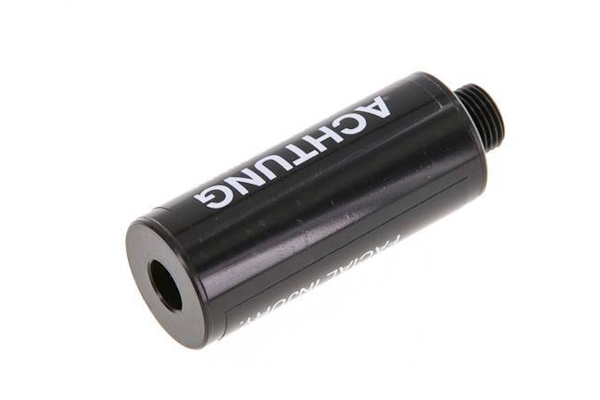
Figure 3: A free-flow pneumatic muffler used for ejectors.
High-flow pneumatic mufflers
Similar to free-flow pneumatic mufflers for ejectors, high-flow pneumatic mufflers are designed with an axial air outlet with a direct flow path to handle high volumes of air while minimizing noise. They are suitable for applications requiring significant airflow, such as environmental control systems. Their ability to manage large airflows without sacrificing noise reduction makes them essential for systems that demand both high performance and low noise levels.
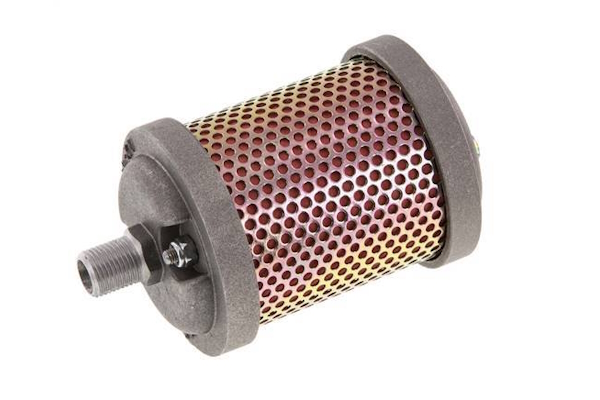
Figure 4: A high-flow pneumatic muffler
Pneumatic mufflers with microfilter
Pneumatic mufflers with a microfilter incorporate a microfilter to trap fine particles, ensuring that the exhaust air is clean. This feature is essential in environments where air purity is a priority, such as medical and laboratory equipment. The microfilter adds an extra layer of protection, making these mufflers indispensable in settings where even the smallest contaminants can cause significant issues.
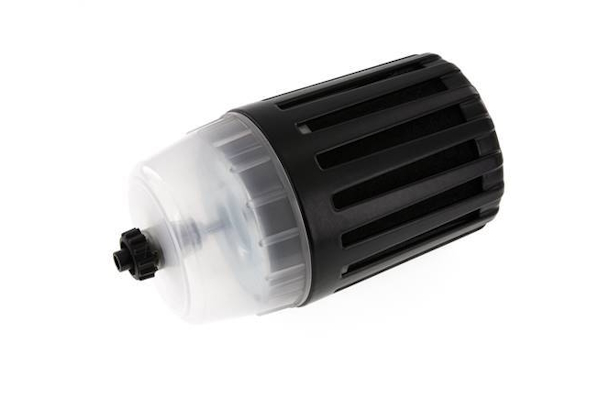
Figure 5: A pneumatic muffler with a microfilter
Pneumatic filter mufflers
Combining noise reduction with filtration, pneumatic filter mufflers ensure clean exhaust air. They are used in applications where both noise and air quality are concerns. The dual functionality of noise reduction and air filtration makes them particularly valuable in environments where maintaining a clean and quiet workspace is crucial, such as in cleanrooms and sensitive manufacturing processes.
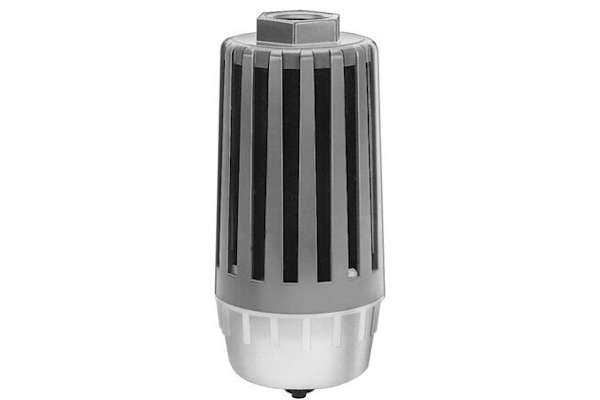
Figure 6: A pneumatic filter muffler
Standard pneumatic mufflers
Standard pneumatic mufflers are used in a wide range of applications, providing a balance between noise reduction and airflow efficiency. Their adaptability makes them a go-to solution for many industries. What sets them apart is their ability to perform reliably across various conditions, offering a practical solution for general-purpose noise reduction in pneumatic systems.
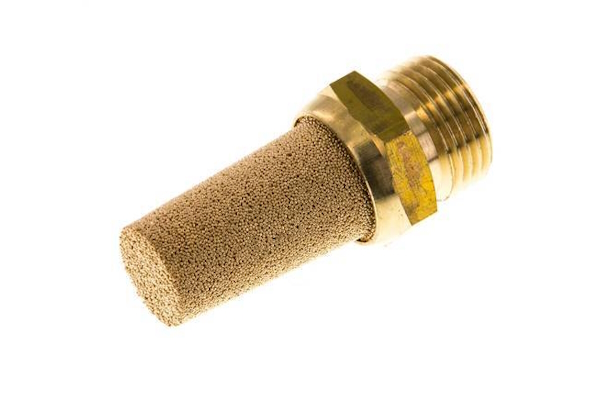
Figure 7: A sintered bronze pneumatic muffler design, one of many designs designated as standard.
Compact pneumatic mufflers
Compact pneumatic mufflers are designed for space-constrained environments and offer effective noise reduction in a smaller size. They are ideal for robotics and automated systems where space is at a premium. Their compact design does not compromise performance, making them perfect for applications that require both efficiency and a small footprint.
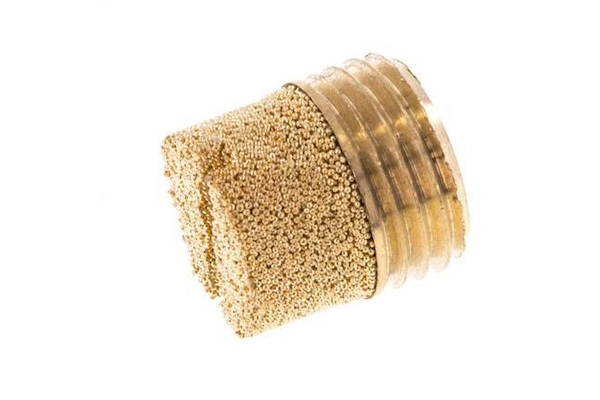
Figure 8: A compact pneumatic muffler
Applications of pneumatic mufflers
Material handling and conveying
In automated systems for picking, placing, and transporting materials, pneumatic mufflers reduce the noise generated by pneumatic actuators and valves, creating a safer and more comfortable working environment for operators. Reduced noise helps maintain communication clarity and reduces auditory fatigue among workers.
Robotics
In robotic arms and grippers, pneumatic mufflers dampen the noises generated by rapid air exhausts, ensuring quieter operations. This is crucial in assembly lines and precision manufacturing, where excessive noise can interfere with detecting operational anomalies and affect overall quality control processes.
Vacuum packaging
In the food and pharmaceutical industries, pneumatic mufflers reduce the noise generated during the vacuum sealing process, ensuring quiet operation. This is important for maintaining a calm and controlled environment, crucial for worker comfort and the integrity of the packaging process.
Medical and laboratory equipment
In medical and laboratory settings, pneumatic mufflers minimize noise generated by devices like vacuum pumps, ensuring a quieter and more sterile environment. This is particularly important in medical settings where patient comfort and clear communication are critical, and in laboratories where a quieter environment enhances focus and precision in experimental procedures.
Environmental control systems
Pneumatic mufflers are used in clean rooms and other controlled environments. They reduce the noise generated by high-speed air exhausts, ensuring quiet and efficient operation. This is crucial for maintaining the integrity of controlled environments and the overall comfort and safety of personnel.
FAQs
What are pneumatic mufflers?
Pneumatic mufflers are devices used to reduce noise produced by pneumatic systems, improving workplace safety and comfort.
How do pneumatic mufflers work?
Pneumatic mufflers work by dissipating the energy of the exhaust air through porous materials, reducing noise levels.
What are the types of pneumatic mufflers?
Types of pneumatic mufflers include sintered bronze, plastic, and stainless steel, each suited for different applications and environments.







